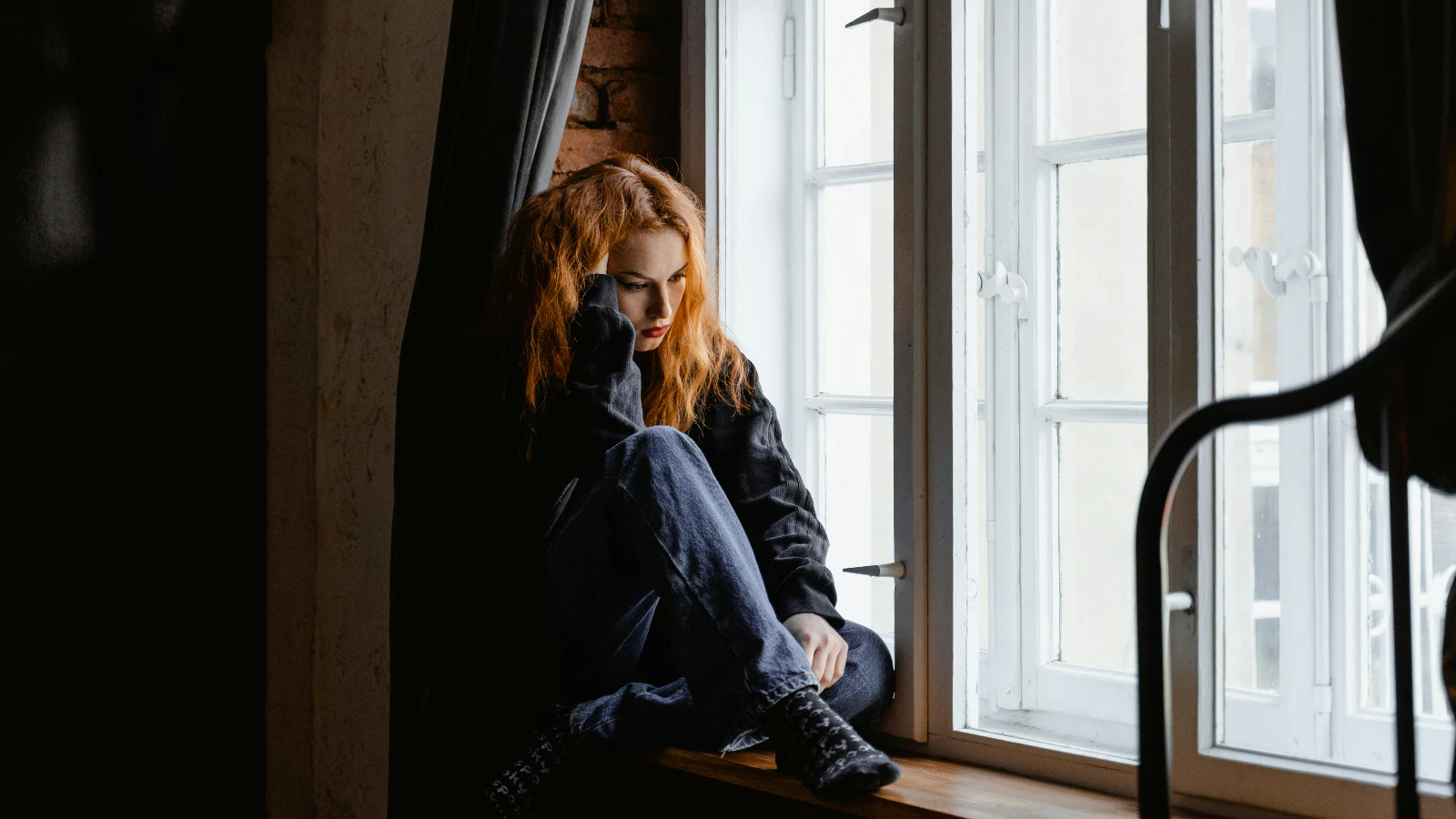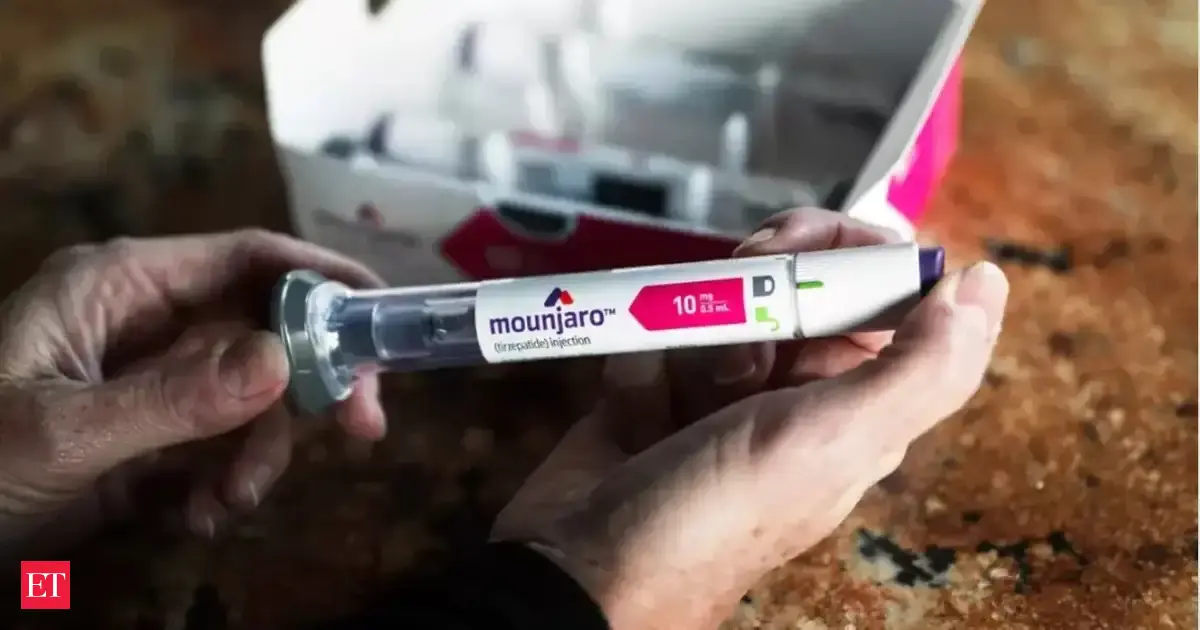Copyright news18

As the days grow shorter and sunlight becomes scarce, many people begin to notice subtle shifts in mood – feeling more tired, withdrawn, or unmotivated than usual. While it’s easy to brush this off as ‘winter blues,’ experts warn it could be something more serious: Seasonal Affective Disorder (SAD), a form of recurrent depression linked to changes in daylight and seasons. Affecting millions worldwide, SAD disrupts more than just mood. It can interfere with sleep, appetite, focus, and emotional balance. The Science Behind Seasonal Sadness According to Dr. Samant Darshi, Interventional Psychiatrist at Yatharth Hospitals & Psymate, Noida, “SAD is not a separate disorder but a specifier under major depressive episodes. It recurs every year during the same season, most often late fall and winter, and improves with the arrival of spring or summer.” Typical symptoms include low mood, excessive sleep, daytime fatigue, irritability, carbohydrate cravings, weight gain, and difficulty concentrating. “Women are four times more likely to be affected compared to men,” adds Dr. Darshi, noting that around 20% of people experience milder, subclinical forms of the condition every winter. What Causes Seasonal Affective Disorder? Dr. Sumit Grover, Clinical Psychologist & Life Coach, explains that reduced sunlight disrupts our internal body clock, affecting both mood and energy. “The sleep hormone – melatonin – stays elevated for too long during dark winter mornings, causing sluggishness, while serotonin – the brain’s mood stabiliser – drops. This combination triggers low motivation and emotional dullness,” she says. How To Treat Seasonal Affective Disorder Fortunately, SAD is highly treatable with timely intervention. The gold standard for therapy, says Dr. Darshi, is light therapy – controlled exposure to 5,000–10,000 lux of white light for 45–90 minutes each morning. “It helps reset the biological clock and improve mood,” he notes. Cognitive Behavioural Therapy (CBT) has also proven effective in breaking negative thought patterns and preventing relapse. “When combined with light therapy, CBT offers long-term relief,” adds Dr. Grover. In moderate or severe cases, antidepressant medications may be prescribed, but doctors stress light exposure, therapy, lifestyle, and nutritional support to stabilise patients. Lifestyle Changes That Help Along with therapy, small but consistent lifestyle shifts can make a big difference – getting morning sunlight, maintaining a regular sleep schedule, exercising daily, and eating a nutrient-rich diet with omega-3 fats and vitamin D. Staying socially connected, even when energy feels low, also helps ward off isolation. Seasonal Affective Disorder is real, but it doesn’t have to define your winter. Recognising symptoms early and addressing them with a mix of light therapy and mindful living can restore balance and vitality. The key is not waiting for spring to feel better because with the right care, brightness can return long before the snow melts.



